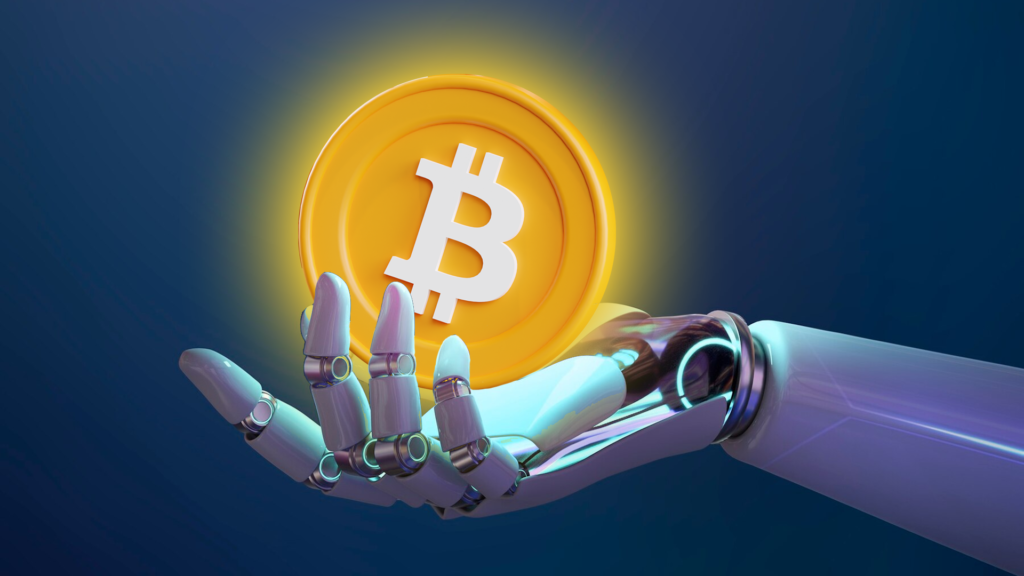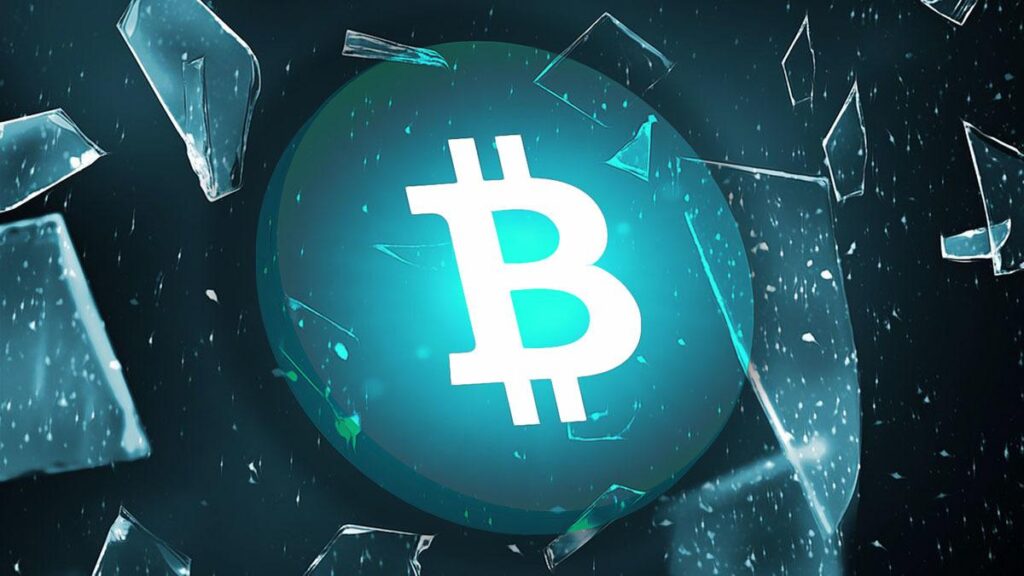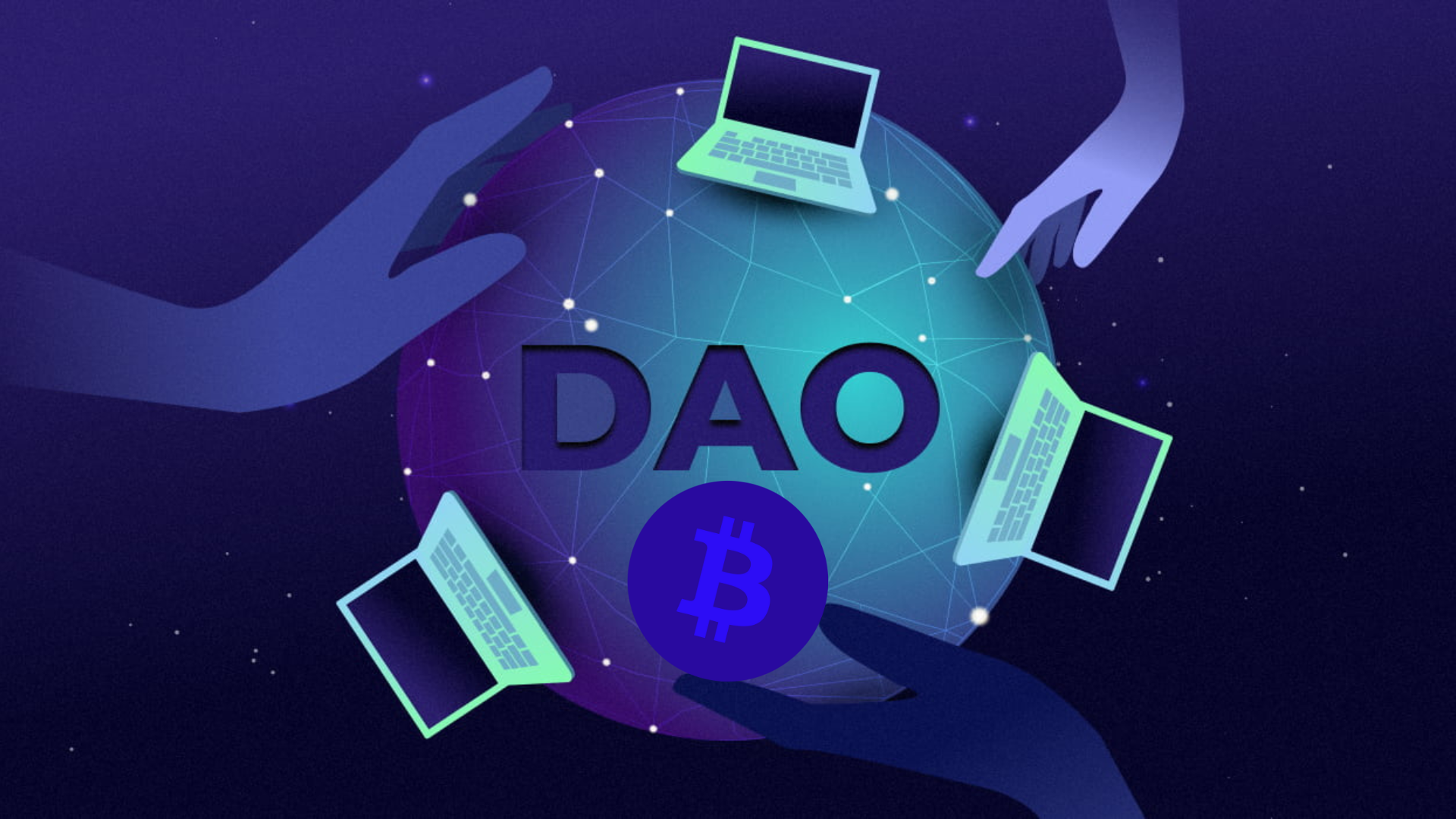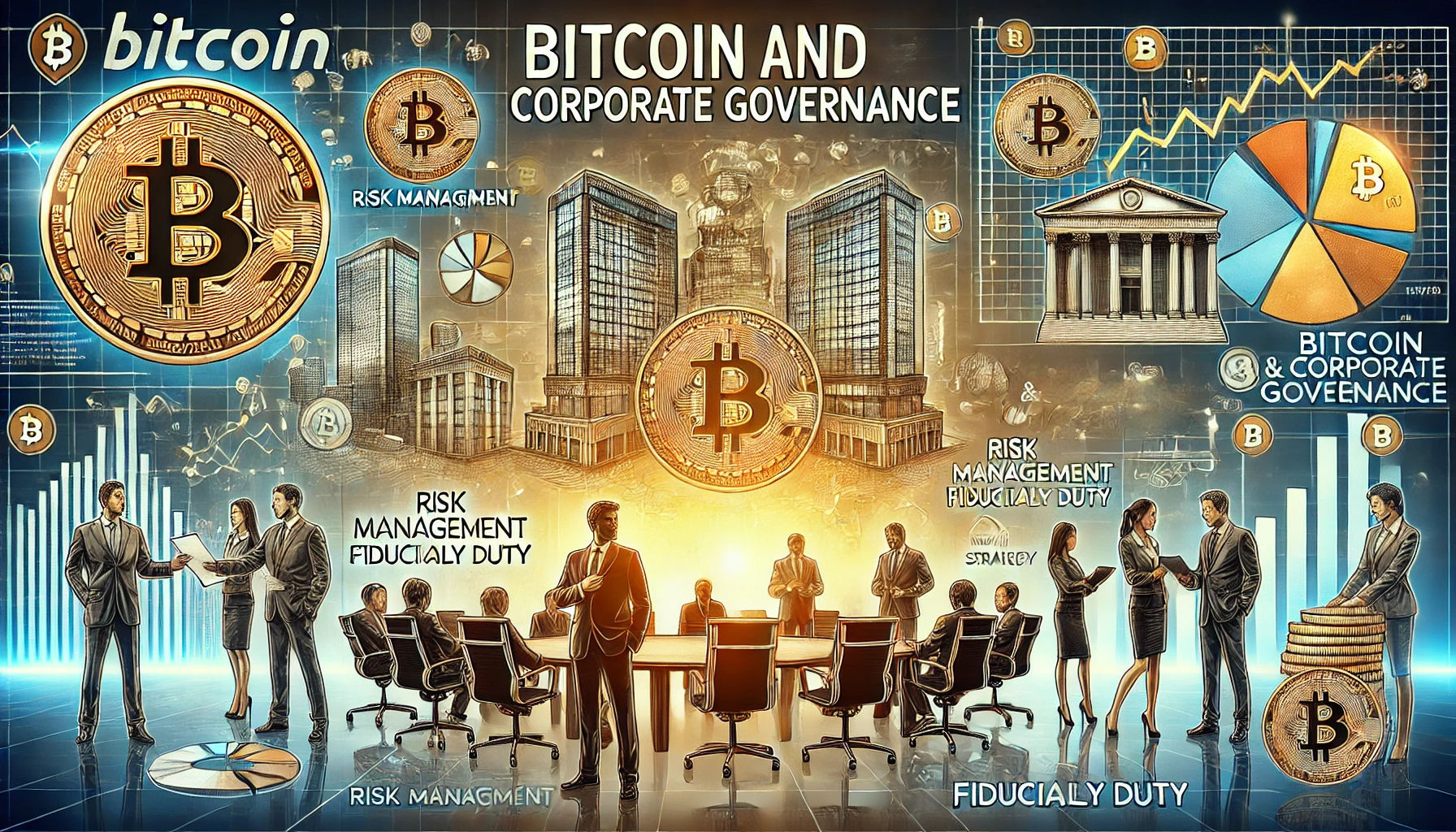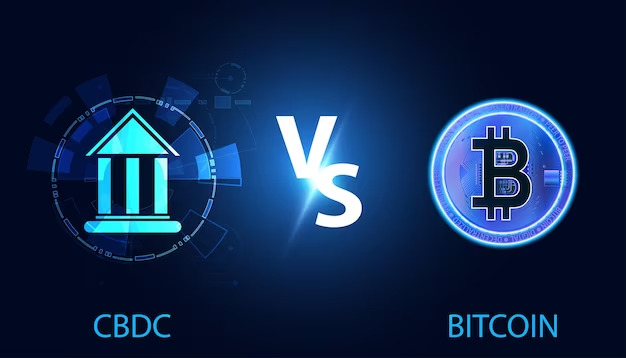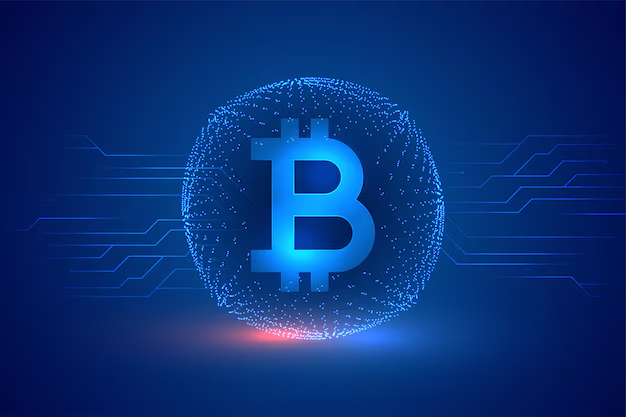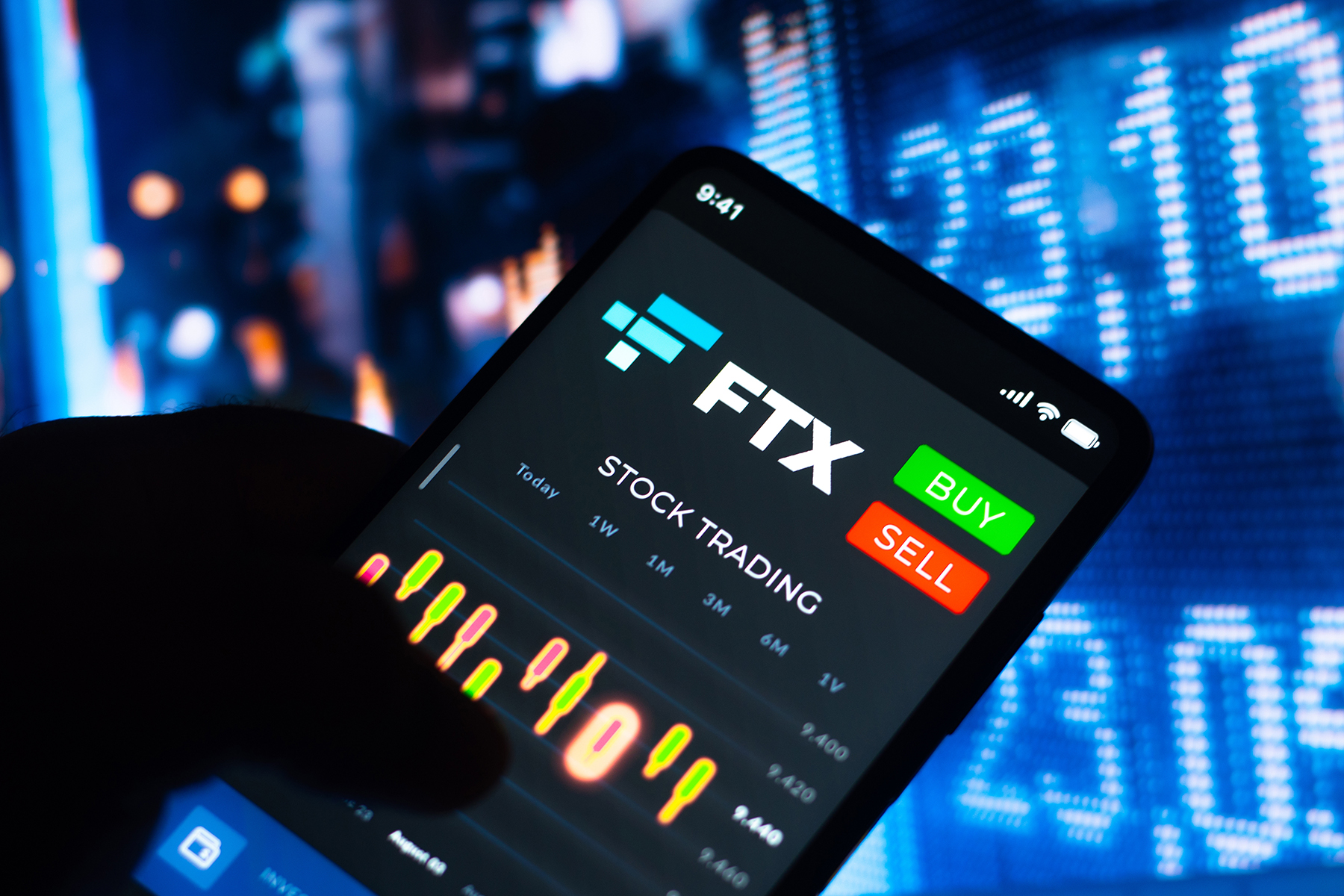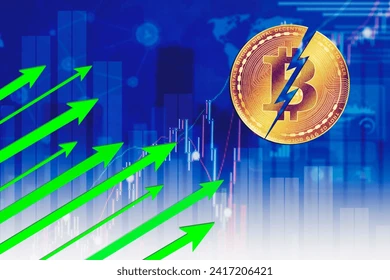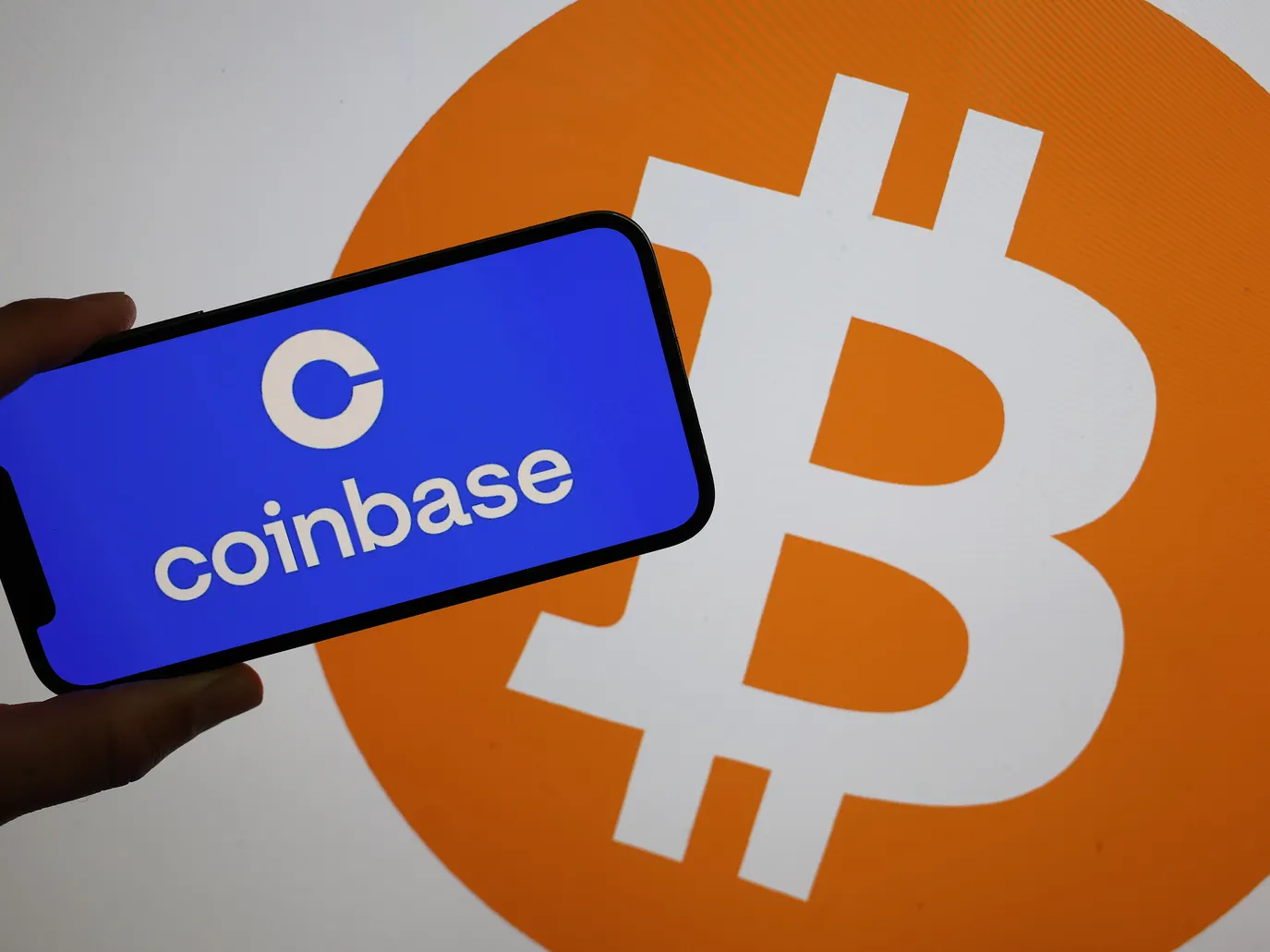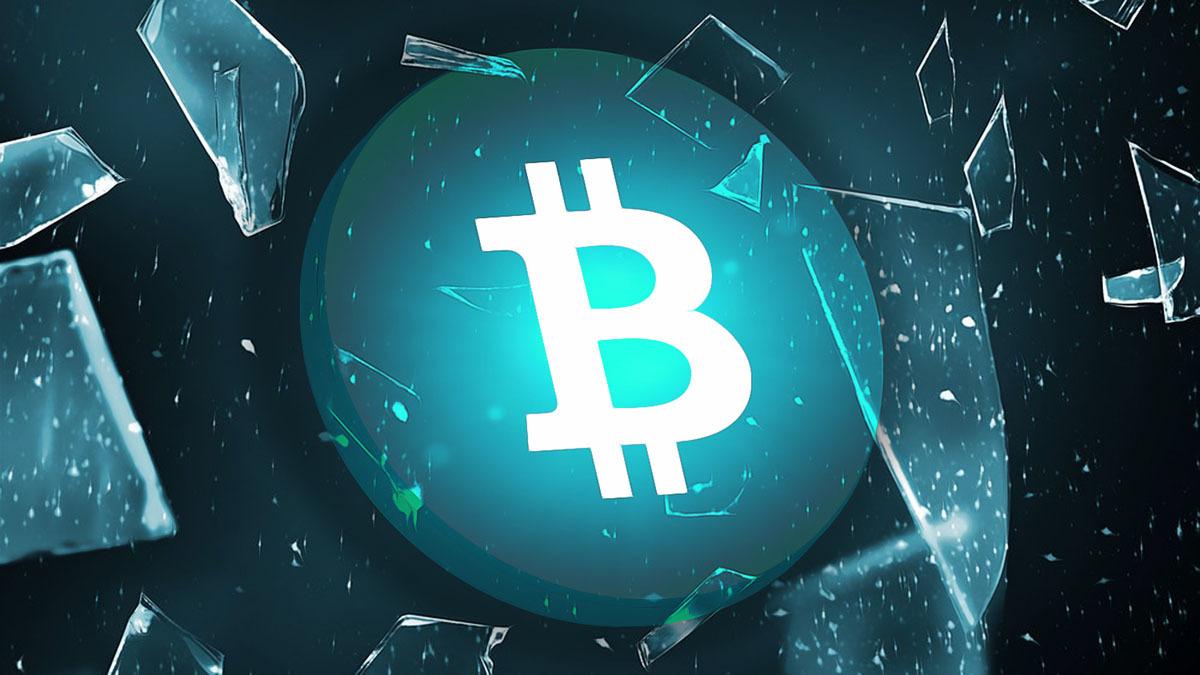Introduction
In the rapidly evolving landscape of global finance, a revolutionary trend is emerging from the corridors of major financial institutions – the tokenization of real-world assets. This transformative process, powered by the cutting-edge technology of blockchain, is not just redefining the concept of asset ownership; it’s paving the way for a new era of investment opportunities, efficiency, and accessibility.
Tokenization, in its essence, involves converting the value of real-world assets into digital tokens on the blockchain. This digital representation of assets can encompass a wide range of items – from tangible assets like real estate and artwork to intangible ones such as intellectual property and financial instruments. The implications of this are profound, offering a novel approach to asset management and investment that promises to democratize access to wealth creation and reshape the global financial landscape.
REAL WORLD ASSET TOKENIZATION: BREAKTHROUGH IN 2024
Bridging Traditional Finance and Blockchain Innovation
The move by major financial institutions to adopt tokenization is a testament to the growing recognition of blockchain’s potential to enhance financial services. By marrying traditional financial mechanisms with blockchain technology, these institutions are unlocking new levels of liquidity, transparency, and efficiency.
Tokenization breaks down the barriers of entry to investment in high-value assets by allowing for fractional ownership and easy transferability. This means that assets which were once the exclusive domain of the wealthy or institutional investors — think prime real estate, rare art, or significant equity stakes — can now be accessed by a broader audience.
Bridging Traditional Finance and Blockchain Innovation
The Mechanics of Tokenization
At the heart of tokenization lies blockchain technology — a decentralized, secure ledger that records transactions. When an asset is tokenized, its value is divided into digital tokens that represent a share of the underlying asset. These tokens can then be bought, sold, or traded on digital platforms, often with greater ease and lower transaction costs than traditional asset transfers.
The process not only enhances liquidity by making it easier to sell and buy shares in assets but also improves transparency. Every transaction involving a tokenized asset is recorded on the blockchain, providing a clear, immutable record of ownership and transaction history. This level of transparency is unprecedented in traditional financial markets and is a significant factor in reducing fraud and enhancing trust among investors.
Asset Tokenization: Grasping Its Definition and Mechanism
The Challenges and Opportunities Ahead
Despite the promising benefits, the journey towards widespread adoption of tokenization is fraught with challenges. Regulatory uncertainty, technological infrastructure needs, and market readiness are significant hurdles that financial institutions must navigate.
Yet, the opportunities that lie within these challenges are immense. Tokenization stands at the convergence of technological innovation and financial ingenuity, offering a path to more inclusive, efficient, and secure financial markets. As more institutions explore and implement tokenization, we may see a surge in innovation, offering new types of assets and investment products to a global audience.
Real-World Asset Tokenization: Exploring the Challenges and Opportunities
Navigating the Future Landscape
As we stand on the cusp of this new financial frontier, it’s clear that tokenization could very well define the future of asset management and investment. The role of major financial institutions in this journey cannot be understated. Their expertise, resources, and regulatory influence are crucial in steering the tokenization movement towards mainstream acceptance and success.
Navigating the Revolutionary Landscape of Asset Tokenization
Conclusion
The tokenization of real-world assets represents a bold step forward for the financial industry. It’s a move that promises to make investing more accessible, markets more liquid, and assets more manageable through the power of digital transformation. As this trend continues to unfold, it will undoubtedly continue to spark debate, drive innovation, and reshape the contours of the financial landscape for years to come.

